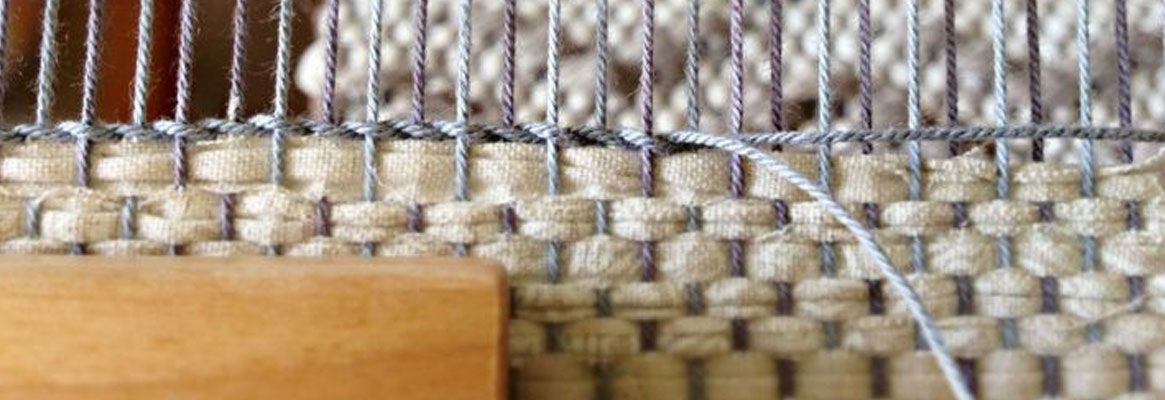Introduction:
INTELLIGENT TEXTILE, ENGLAND, shows that even the most basicIP can help a tiny company compete in a massive market. The successful company,a five-person operation in Surrey, sells a "smart fabric" technology toindustries as diverse as healthcare, apparel and automotive.
Early on they received affirmation that they had done the right thing. Shortly after establishing the company, they took a road trip, approaching potential customers to seek advice. A manager in a technology development department at a major toy company told them that they were sure to end up fighting for their IP rights in a court of law. "It confirmed we were on the right track", says Ms Thompson.
As a result, they decided to file the patent more broadly. The first filing had been in the UK. They decided to expand the patent's reach by filing under the PCT and with the EPO. The filing with the EPO gave them an unexpected advantage during negotiations with their first customer. At a tradeshow, they came across a company called Australian Wool Innovation. The two companies struck up negotiations, which resulted in a contract large enough to fund further research and development, and allowed them to pay back family and friends. "It was stated in no uncertain terms that had our patent only been granted by Australian authorities instead of the European Patent Office, it wouldn't have been valued nearly as highly", says Ms Thompson. The company has been operating on cash flow ever since.
A controller unit for an MP3 player that can be incorporated into any garment.
Growing sales organically
Surprisingly, the two have shunned the path normally taken by producers of breakthrough technologies.
Ordinarily, a company would have raised venture capital by now and expanded rapidly to make sure their technology showed up in every armchair and jacket in the world. Although venture capitalists have offered money, the two have preferred to keep the business small and grow sales organically.
Being small, though, has meant having to outsource what they cannot find the time to do themselves. Although the pair literally cut, sewed and tested the first 10,000 units ever sold, today manufacturing is outsourced to an English firm. Accounting is also outsourced. A patent attorney was among the first of their external recruits. They interviewed six candidates, looking for one who knew multiple industries and would be enthusiastic about their product. In one case, they dismissed a prospect for refusing a request by Ms Thompson for a plastic pen. It had the company's logo on it and Ms Thompson collects pens. The patent attorney explained that that he would get in trouble if he gave away company property. They passed on him. "If he doesn't give you a pen, he's not going to give you a quick call back", says Ms Thompson. "He's not going to give you anything unless its on the stop-clock. He's not a giver". In the end, they opted for the patent attorney originally assigned to them by the university. They say he is enthusiastic about the technology and, because he is from a large firm, sees a wide range of industries and IP filings.
Working around the clock
Today, they own
seventeen patents in two families, as well as a few trademarks. Four companies
hold options to license Intelligent Textiles' technology. Not everything is
patented and some know-how is kept secret. In total, more than 100,000 has
been spent on IP filings and protection, not including the many tens of
thousands spent to buy the patent from the university. Annually they spend as
much as 40,000 on IP-related issues. IP work is still largely done in-house in
part to save cash, but also because the two are reluctant to part with such a
crucial part of their business. Dr Swallow says he still drafts the documents,
while the patent attorney checks and files them. Dr Swallow also spends time
each month scanning the EPO's database by keywords, inventor names and company
names to check for infringement of his patents, the movements of competitors
and for inspiration. As the market grows, policing patent infringement becomes
trickier, especially in markets such as China, says Dr Swallow. Indeed, after
they filed their first patent, they began to worry about competitors profiting
legally or not from their invention. "As soon as you file, you have a time bomb
ticking", says Ms Thompson. To date, it has been a first-to-market strategy,
its IP, as well as simple good fortune that have kept the company from being
swept away by larger or better-funded rivals. Giant Philips Electronics has
invested in the research and development of smart fabric technology, but then
backed off, say Intelligent Textiles' founders. One rival, which raised venture
capital, expanded very quickly, and is now facing problems and having to
restructure. Other niche players have emerged around them, but not as direct
competitors that cause worry, they say. The pair, however, are not nave enough
to think this situation will last forever. In the meantime, the pair (a couple
who live together) work around the clock. They hope that one day they can each
hire an apprentice. Even so, Dr Swallow says he would continue to keep a tight
rein on IP. "Without our patents, we probably wouldn't have a company", adds Ms Thompson.
Courtesy of the UK Intellectual Property Office and the European Patent Office. More information and further case studies at www.epo.org/sme
To read more articles on Textile, Industry, Technical Textile, Dyes & Chemicals, Machinery, Fashion, Apparel, Technology, Retail, Leather, Footwear & Jewellery, Software and General please visit http://articles.fibre2fashion.com
To promote your company, product and services via promotional article, follow
this link: http://www.fibre2fashion.com/services/article-writing-service/content-promotion-services.asp








